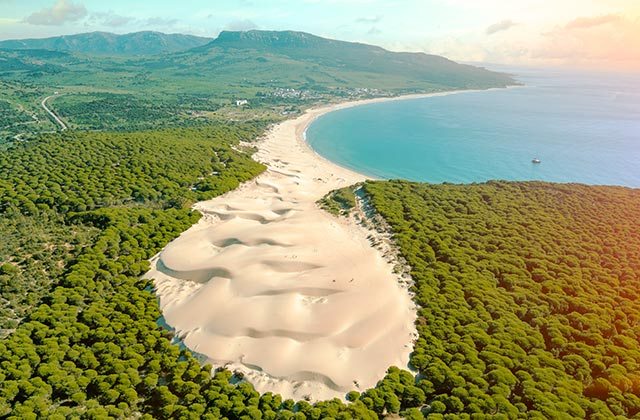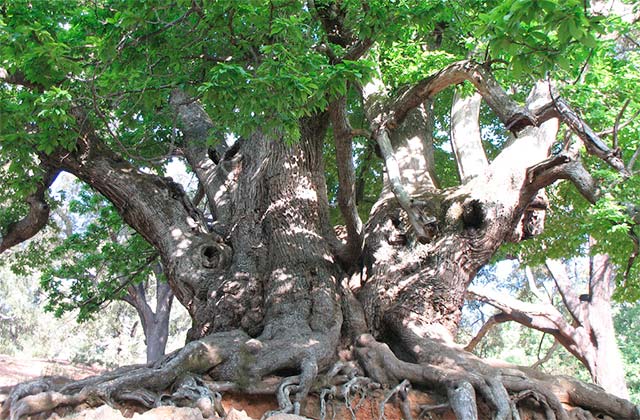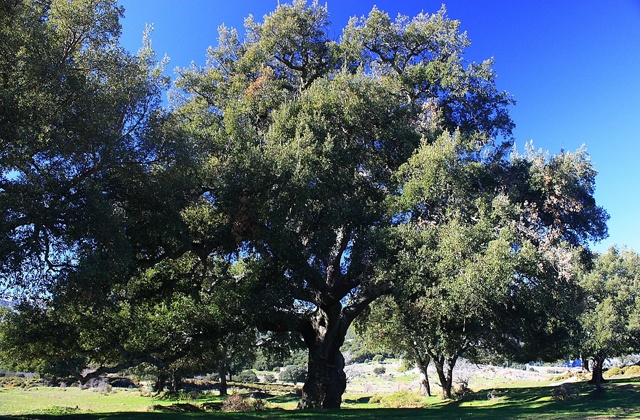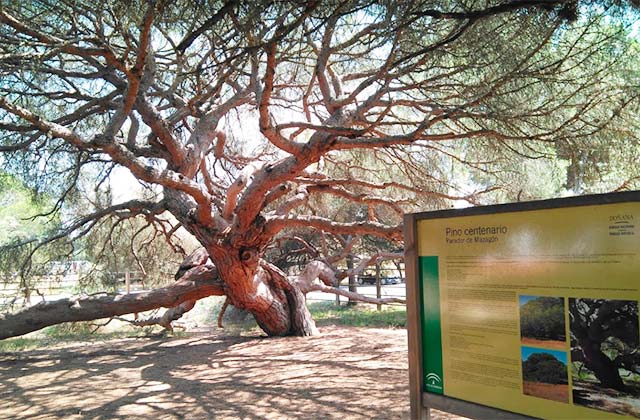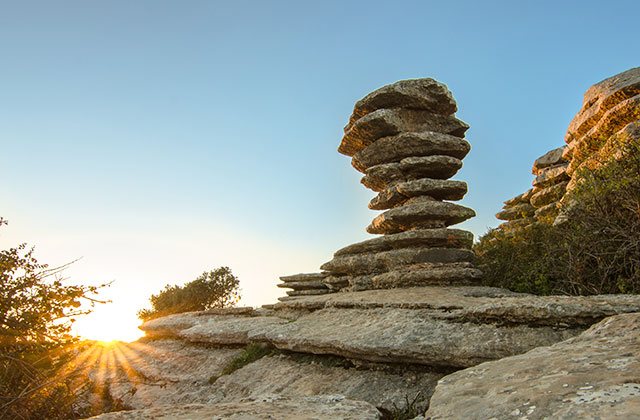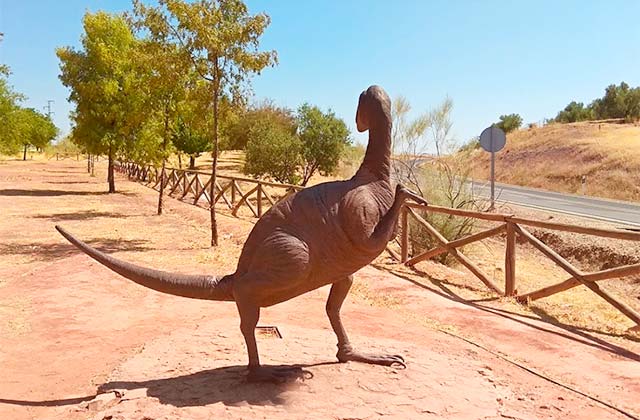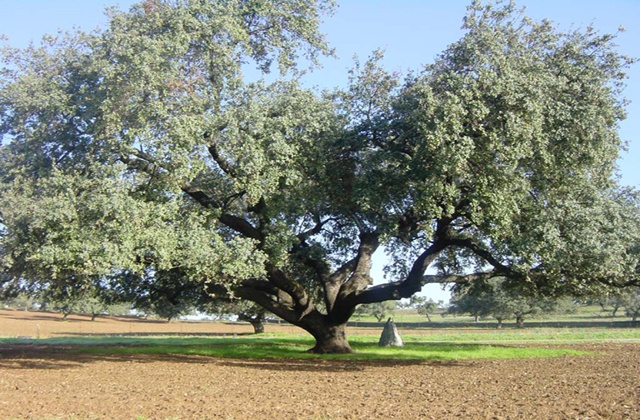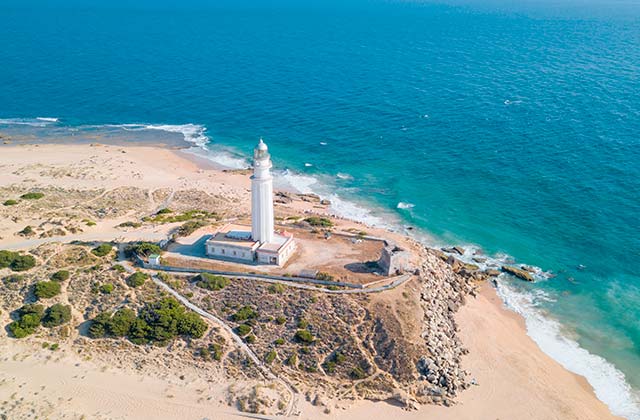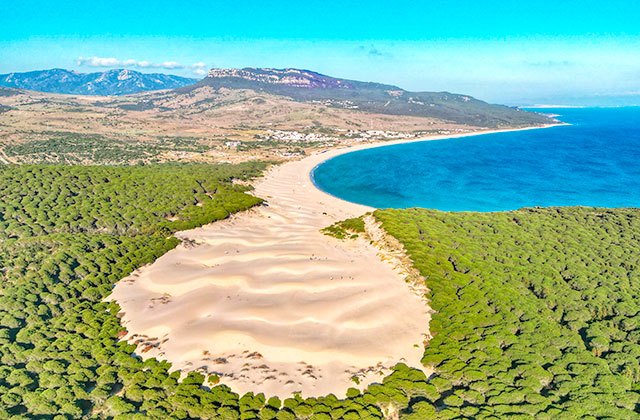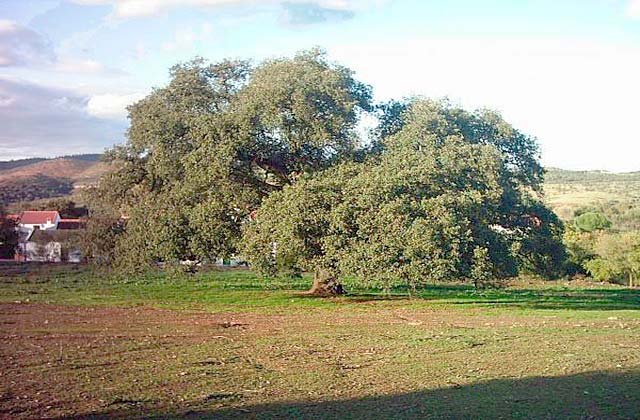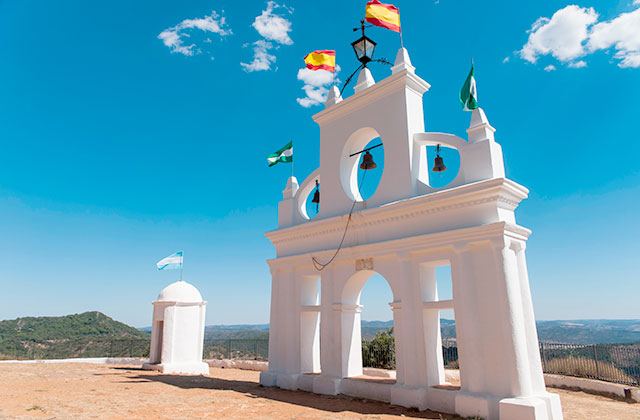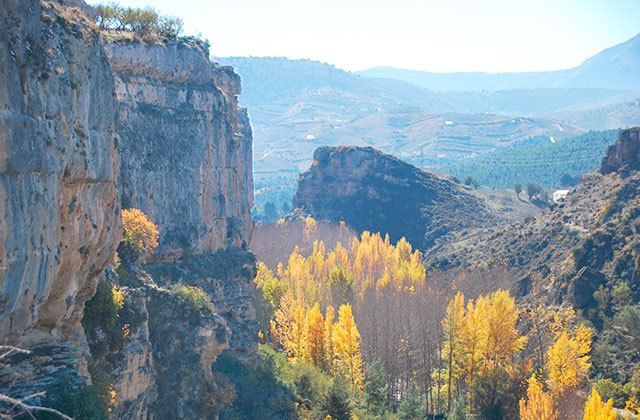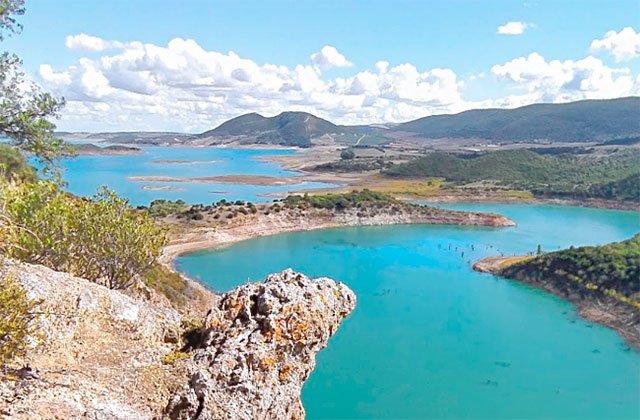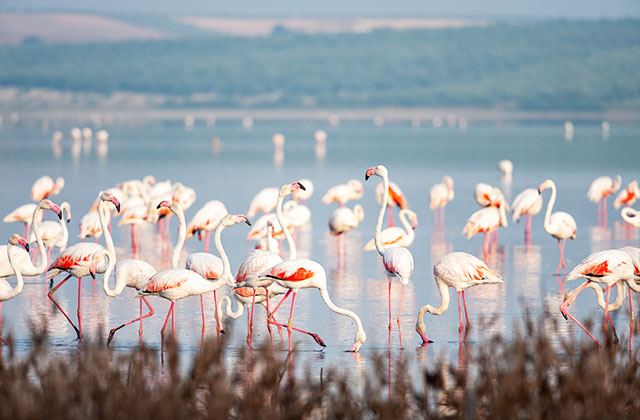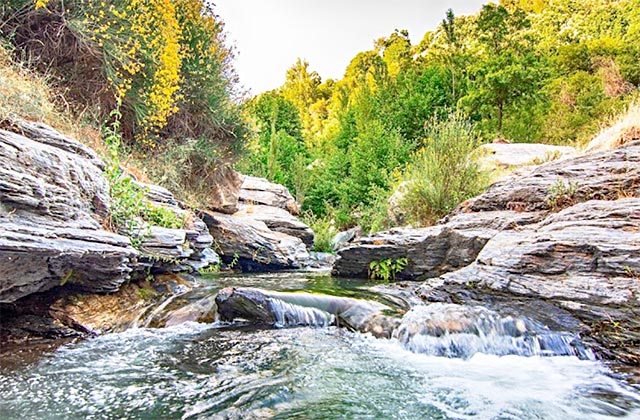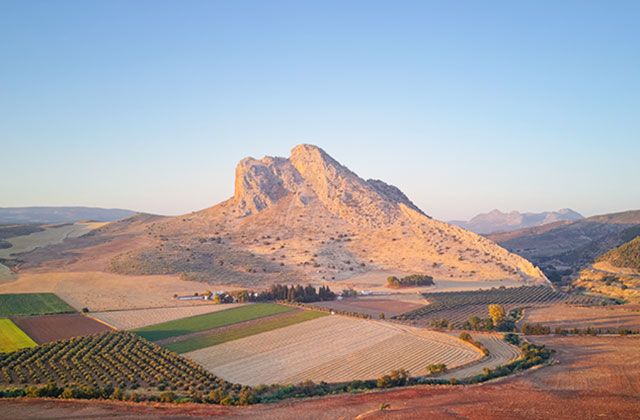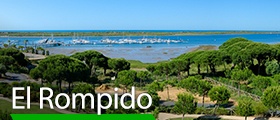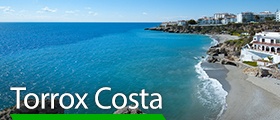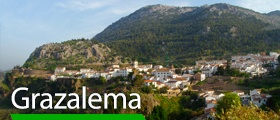
Discover the most impressive natural monuments in Andalucia
Andalucia is one of the most popular destinations for beach tourism due to its extensive coastline. However, our community has an environmental wealth that attracts lovers of natural monuments that enhance the value of the environment that surrounds us. These natural monuments of Andalucia are spread all over the geography of the region and are the protagonists of the natural heritage of Andalucia and Spain.
Outings in natural surroundings are especially attractive in the fall and winter months, and Andalucia is the ideal destination all year round for the heritage and wealth it possesses. Here is a list of natural monuments in Andalucia so that you can enjoy the natural beauty that surrounds us during these months of the year.
The Chestnut Saint of Istan
The province of Malaga guards with care an ancient chestnut that is located in the municipality of Istan. The area is known as Hoyo del Bote – a stunning area that underscores the value of this ancient tree. The Castaño Santo, as the tree is known, measures 13 metres in diameter and is home to a number of legends and stories, including the rebellion of Sierra Bermeja in the 16th century. This event was the most representative of the actions of Ferdinand the Catholic, who held a mass there in 1501. To reach this place, you need to follow the sign posted bicycle route named Istan-Castaño.
Chaparro Of The Souls of Grazalema
The Sierra de Grazalema Natural Park is home to another significant natural heritage landmark of Andalucia: The Chaparro of Souls. This beautiful tree is spectacular for a number of reasons. The first to note is the tree’s enormous size, measuring 5.20 metres at the shaft. It is impressively tall with warty protuberances.The second thing to note is the tree’s historical and cultural background as the producer of cork oak that was earmarked to pay for the oil used for the blessed souls lamps in the churches of Grazalema.
The Centennial Pine of Mazagon
The Centennial Pine of Mazagon is located on the Huelva coast, on the fossilised dunes of the Asperillo. In addition to its exceptional beauty, the tree’s enormous dimensions are impressive to all. This pine example stands on a twisted trunk that resembles a Greek sculpture, with its branches extending horizontally, giving the impression that it is lying down. Together, these characteristics make the tree appear like a parasol. If you find your way past the province of Huelva, don’t miss out on the opportunity to see this beautiful natural image.
El Tornillo of El Torcal
The Malaga province is home to one of Andalucia’s most stunning landscapes: El Torcal. Within this stunning Karst landscape, one can find El Tornillo, a truly original natural monument. Here, visitors can find marine sediments formed into a huge stone city by 150 million years of erosion from rain, wind and ice. El Torcal is dotted with curious natural sculptures, one of which resembles a giant screw – or Tornillo – hence its name. Be sure to include this emblematic site on your trip to Andalucia.
Dinosaur Footprints In Santiesteban del Puerto
The dinosaur footprints of Santiesteban del Puerto in Jaen take us back in time millions of years to the era of these giant creatures. This paleontological site is considered a natural monument and a curious visit for lovers of the environment and history. Here, one can find 24 tracks of up to nine inches deep, made by bipedal dinosaurs from the Triassic Period. Further, the fossilised remains of pollen and vegetation reveal a starkly different environment compared to today, including a warmer climate with conifers, palms and ferns growing throughout.
The Encina Of The Meadow Of San Francisco
In the southeast part of the Sierra de Aracena and Picos de Aroche Natural Park in Huelva, one can find the Encina, or Oak, of the Meadow of San Francisco. This specimen is notable for its size and long life at around 600 years old. The trunk’s thickness is impressive, as well as its reach, providing immense amounts of delightful shade on hot summer afternoons. Its acorns also provide high energy food, which is reserved to feed the local Iberian pig. If you are passing through Huelva, don’t miss out on the chance to see this stunning sight.
The Tómbolo Of Trafalgar
The Tómbolo of Trafalgar provides a beautiful landscape by the sea. Situated near Cadiz’s Canos de Meca, this stunning natural monument’s rocky area gives way to sandy beaches and is home to a lighthouse that provides unbeatable panoramic views. It is also the only example of a double Tombolo in Andalucia – a small island-like landmass, attached to the mainland by a narrow spit, creating a depression that is often flooded by rain and silted materials. The sea winds have helped create dunes on the south end of the island, helping with their fossilisation.
The Bologna Dune
The Bologna Dune is over 30 metres high and 200 wide and is considered a Natural Monument. If you find yourself travelling to the province in search of white sand beaches and crystal clear water, this nationally known location is the right place to look. The area is surrounded by cliffs and exotic vegetation, including Andalucian varieties like juniper, creeping juniper and camarina. If you are looking for a place to disconnect with the world and immerse yourself in a beautiful natural environment, this is a place you cannot miss out this year.
Encina de Los Perros
Sevilla is home to the Encina de Los Perros – a natural monument known particularly for its giant size. The oak tree’s trunk of the tree alone reaches 8 metres and its top is so large that it is capable of projecting up to 600 square feet of shade – more than suitable for providing a perfect spot for a pleasant summer siesta. The oak tree has also acquired a deep sentimental value for residents of the surrounding area, as it was once a meeting place for those in love and often the site of their marriage.
Anchovy Point
This natural monument is just one more example of the complex formation of the Cadiz coast. The site provides a point of unspoilt beauty where the river and sea come together in a balanced way, with a spit formed by a number of geological episodes. In terms of wildlife, birds take centre stage, as the point provides an ideal place to eat or rest during their migration. If you decide to stop and visit the area, you may have the chance to get in touch with them.
Peña de Arias Montano, Huelva
This natural monument is located in Alájar, in the Sierra de Aracena, Huelva. It is a limestone massif of great scenic and natural value, with Chalcolithic settlements. It is close to metallurgical areas and the beauty of this place, as well as the abundance of water, made it to be declared an Area of Cultural Interest. This Andalucian natural monument is a hydrogeological complex, a protected landscape and a religious sanctuary and pilgrimage center. The value of the Peña de Arias Montano is an emblematic place of the Sierra de Aracena and an unusual place to learn about the history and culture of this gift of nature that gave us the Bronze Age and that you should know in your outings this year.
Los Tajos de Alhama, Granada
Alhama is a town in Granada that, besides being well known and attractive for its hot springs, hides another natural treasure that few people know about. It is the Tajos de Alhama. Due to the natural enclave in which the municipality is located, the Tajos de Alhama are a monument of incalculable wealth of the Natural Park of the Sierras de Alhama, Tejeda and Almijara. To observe this monument of Andalucian nature, there is a path among the rocks of Tajos that does not present any technical difficulty, being an ideal plan for children and families who want to see the canyons and sandstone pits that make up this enclave. It is a privilege to walk along the medieval Camino de los Angeles, where you will find wonders such as a hermitage, irrigation ditches and old flour mills.
Tajo del Águila, Cádiz
Algar in Cadiz, is home to a natural monument called Pico or Tajo del Águila. It is a limestone rock formation about 20 meters high and is a nesting place for eagles. This Tajo del Águila is also located in a natural area where we can find a swamp, the Guadalcacín Swamp, which draws next to this next to a natural spectacle that you cannot miss. This natural monument is located in the Alcornocales Park and the Sierra de Grazalema, which are characterized by their beauty and environmental richness. It is a privilege to enjoy the views of this Tajo and the natural environment, for all those who decide to visit Algar, this municipality of Cadiz.
Fuente de Piedra lagoon, Málaga
One of the most beautiful natural monuments in Andalucia is Fuente de Piedra. And here you can see, among other things, a bird as unique as the flamingo. This village in Malaga has the largest wetland area in Andalucia. The Laguna de Fuente de Piedra Natural Reserve is a unique enclave in our region and is home to the largest population of flamingos in the Iberian Peninsula. Flamingos flock to this lagoon and although it is the most common species, more than 170 different species can be seen here. A natural spectacle that ranks second in Europe as the largest enclave of flamingo colonies.
Barranco del Poqueira, Granada
It is one of the natural monuments of Andalucia that hides three very unique villages that you may have heard of. This gully takes its name from the river that descends the hill of Pico Veleta. The route that follows the Poqueira River down the hillside makes it between crops and chestnut trees of the Moorish ancestors who lived in this area of the Alpujarra Granadina. On the hillside we can observe three white villages that have become a very popular attraction. The villages of Pampaneira, Bubión and Capileira stand out for their beauty and the preservation of their Moorish past. These three villages that are part of the Historic Site of the Barranco del Poqueira are a jewel where traditions and crafts are still present in the life of these villages. A public washing place, labyrinthine and steep streets where you can find irrigation ditches on our way, artisan chocolate factory, springs, and hundreds of jarapas and craft shops, are some of the wonders that we can find in the Alpujarra Granadina and the Barranco del Poqueira.
Peña de Los Enamorados, Antequera
If you have passed through Antequera, you will have seen the prominent rock that rises next to the A-92 highway. This limestone rock is one of the best known for its archaeological importance and is that this area of Malaga, along with the dolmens, is of a unique beauty thanks, among other things, to its deposits. It has been declared an Asset of Cultural Interest with the typology of an Archaeological Zone and around it there is a legend that says that the Peña de los Enamorados is actually the face of a woman lying down. According to this legend, a Christian was imprisoned in a cell after losing a battle against the Muslims, and the daughter of the Muslim king visited the cells one day, and from there they both fell in love and tried to escape, but when they reached the top of this rock, pursued by her father, they had to jump into the void because they had no escape. In honor of this legend, there is a statue of a woman and a man embracing at the top of this rock. It is undoubtedly a natural monument that is part of an important historical and cultural heritage, which is also known as “El Indio” and is that the shape of the limestone rock gives rise to the imagination.
Take note of the tips we’ve provided and don’t miss out on the opportunity to visit these stunning natural monuments in Andalucia, which provide a superb plan for your first break of the year. Ancient trees and pristine beaches come together to create an unparalleled list of natural wonders that make up Southern Spain.
What are the natural wonders of Andalucia?
WHERE TO STAY
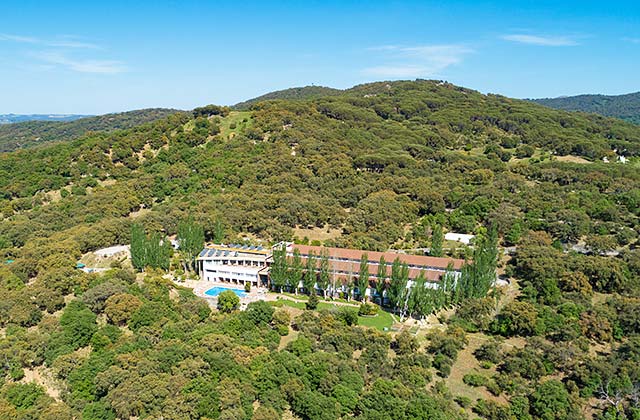
Hotel Fuerte Grazalema
If you wish to discover this unusual side of Andalucía, don’t hesitate to stay at the best hotels. Without a doubt, the best option is Fuerte Hoteles. The chain has facilities where, apart from the regular services, you can enjoy the best of each spot in the Andalucian geography. Its over 60 years’ experience is the best warranty so you can devote your time to discovering these unusual corners. Marbella, Conil, Grazalema, El Rompido or Torrox are some of the places where you can find amazing accommodation facilities near the spots we have recommended for you.
